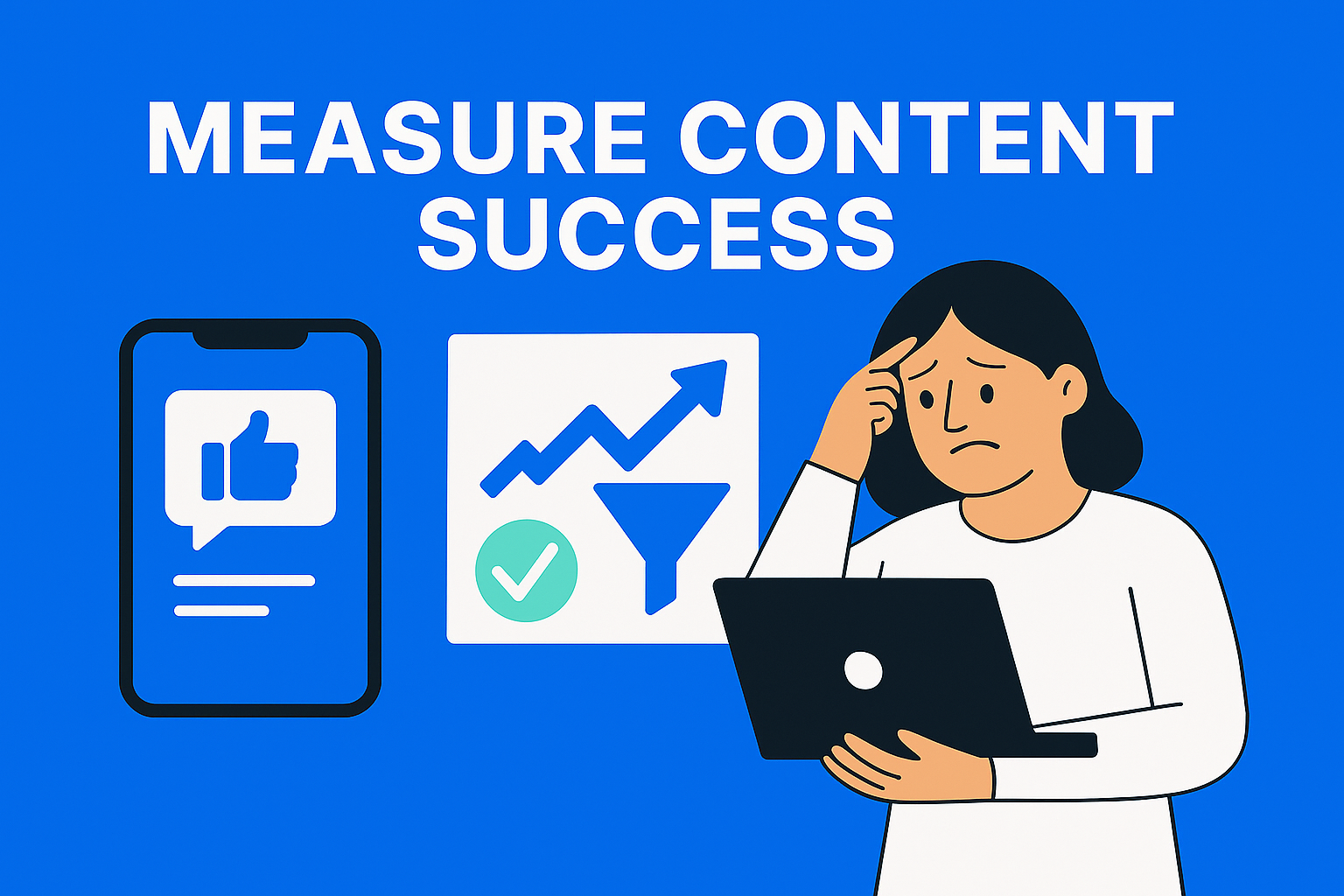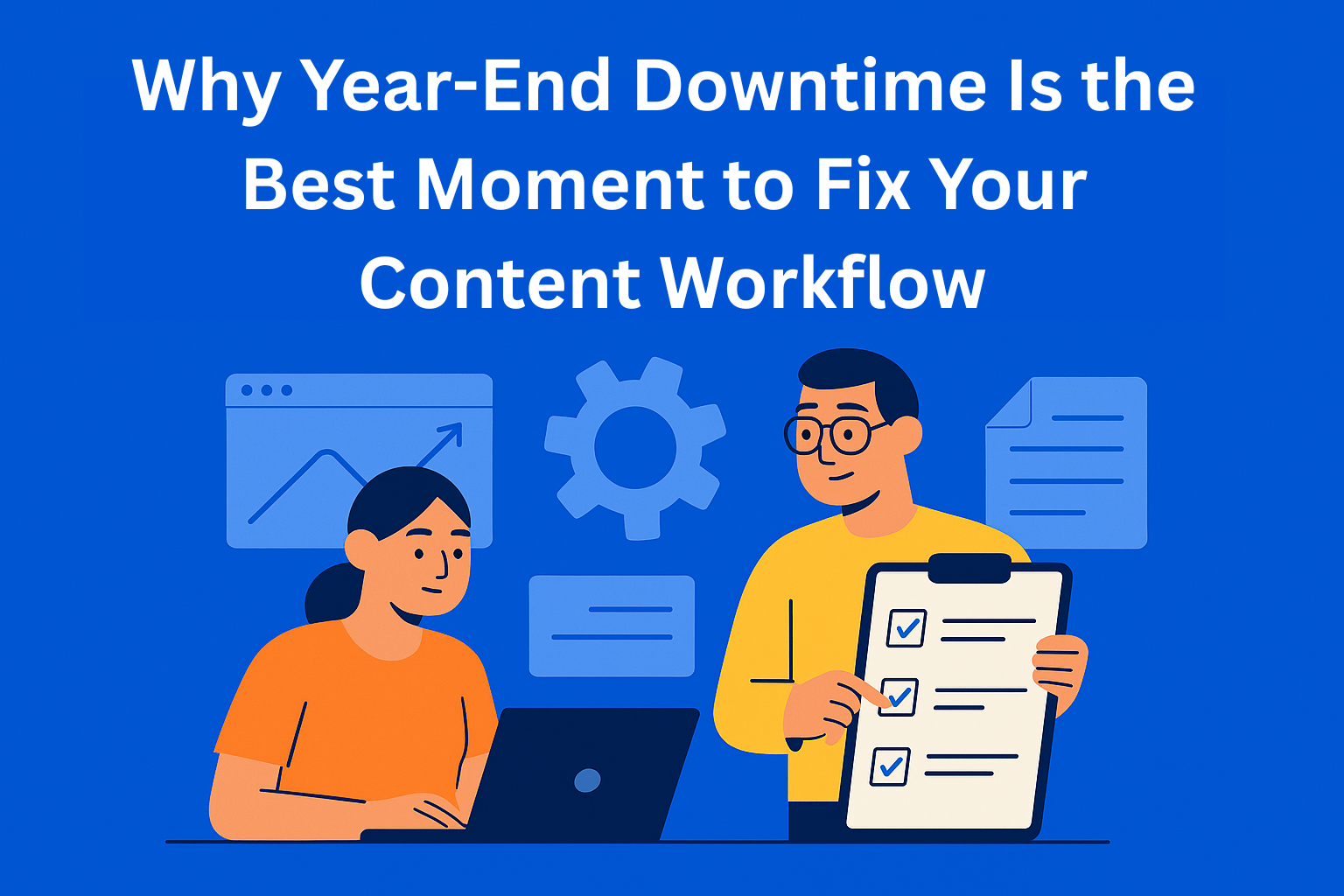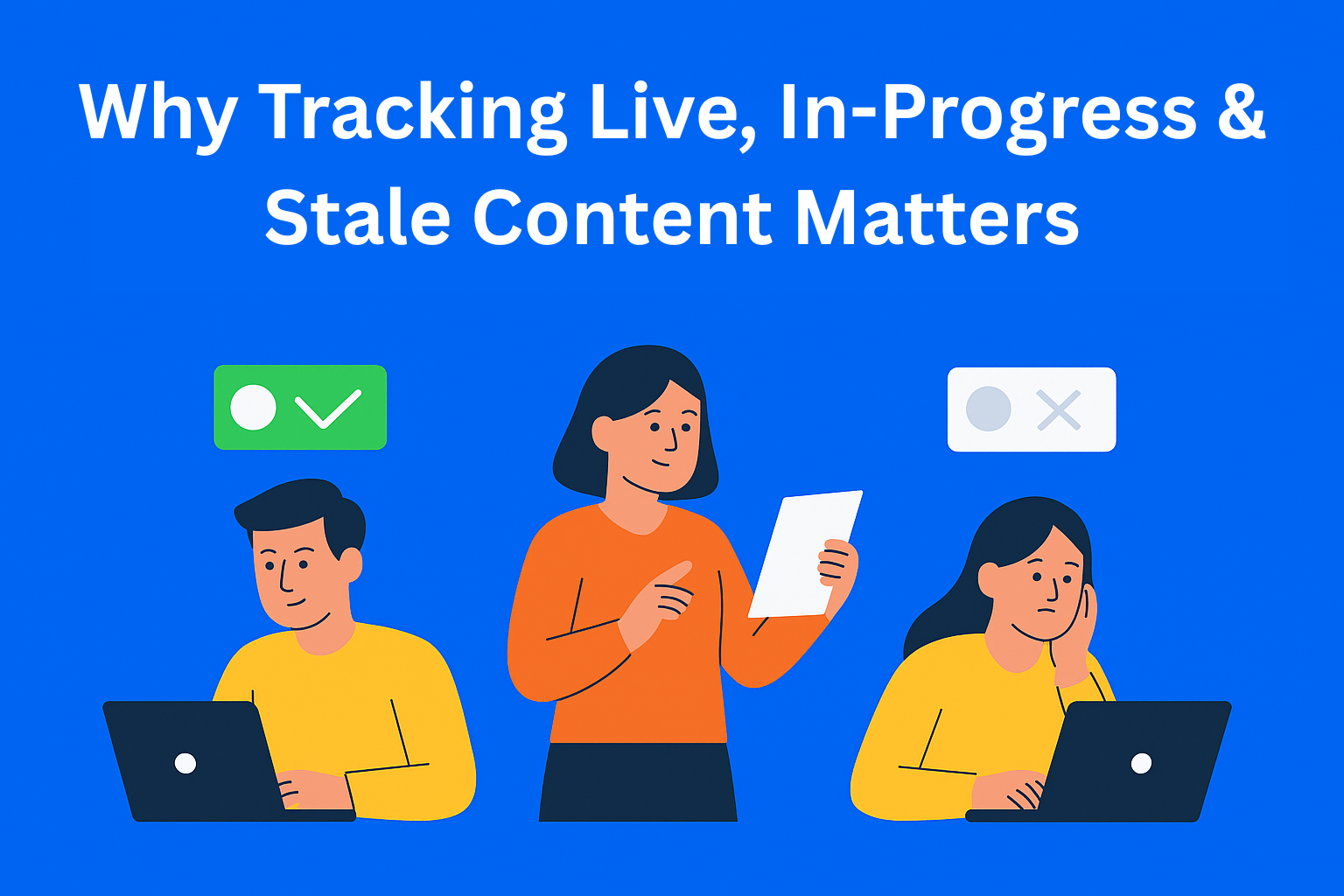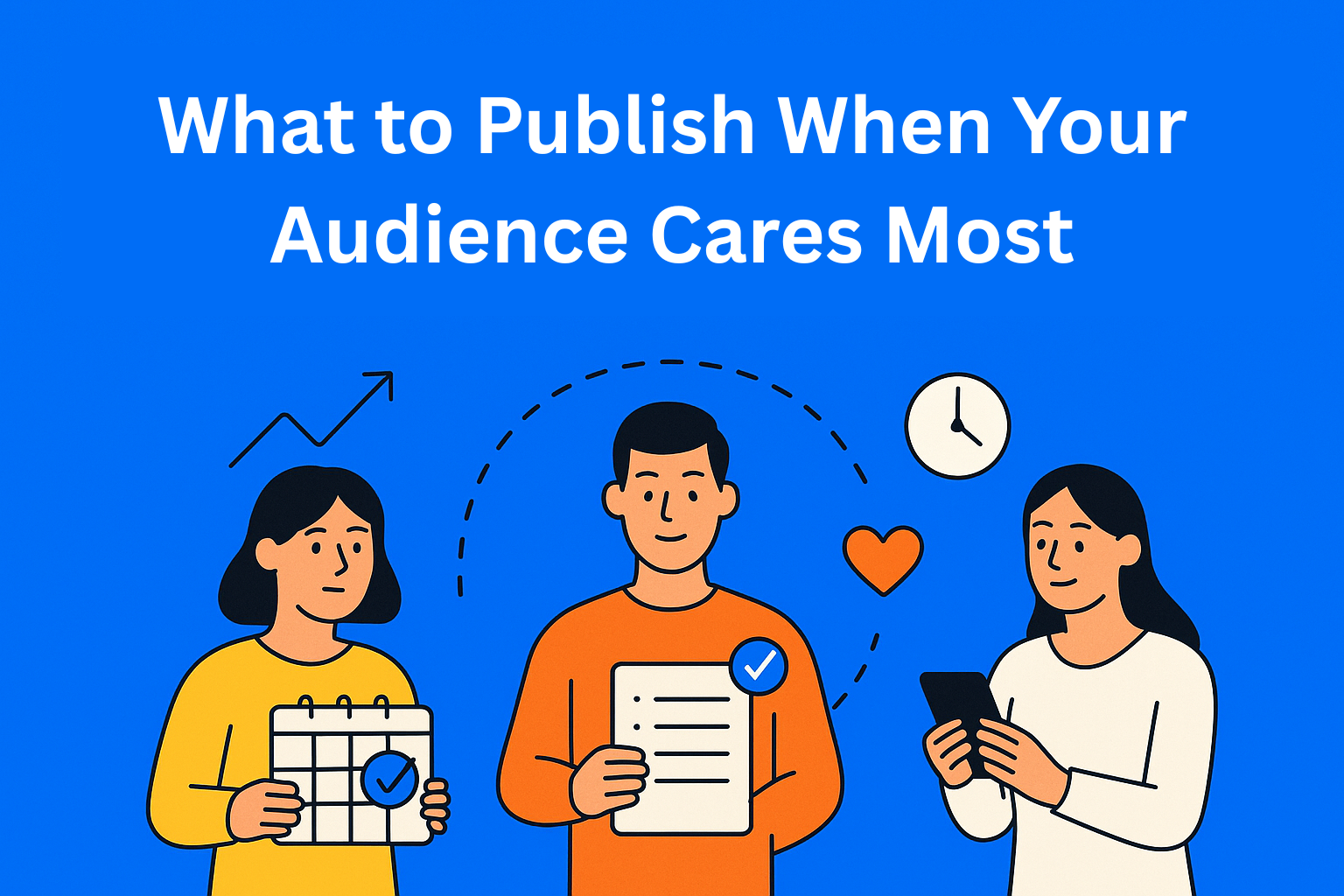Measure Content Success Beyond Vanity Metrics
Why likes aren't real success. True content impact isn’t measured by virality, but by conversions, engagement, and lead quality. Discover how to track what actually matters-and create content that drives real results.

We all do it.
You post something on LinkedIn, then you immediately go back to your profile and refresh like your life depends on it. 10 impressions. Refresh. 24 impressions. Refresh. One like.
It’s harmless at first, but the more you stare at impressions, likes, or that one person who reacted with a “celebrate” emoji, the more you start to equate content success with tiny dopamine hits.
Here’s the truth: refreshing your LinkedIn feed won’t make your post perform better, but it might drive you a little nuts.
We’ve lost the plot. Content isn’t here to get a standing ovation every time we hit publish. The goal isn’t to be the most liked person on the internet. It’s to bring real value to the people we’re trying to reach. To move them. Help them. Teach them. And, ideally, convert them.
Because at the end of the day, likes don’t pay your rent. Clients do.
Key Takeaways
- Vanity metrics like likes and impressions aren’t the real measure of success - they’re just surface-level indicators.
- Focus on deeper metrics like conversions, engaged time on page, and high-quality leads to measure true content impact.
- Comments and real conversations matter more than silent likes - engagement with depth beats passive metrics.
- Track backlinks and mentions to assess influence and authority beyond your own platform.
- Use metrics to guide content decisions, not to validate self-worth or dictate strategy.
- Align content performance with business goals, not just engagement stats - what actually moves the needle?
- Quiet wins, like private shares or long-term bookmarks, can lead to real impact even without public hype.
- Use tools like EasyContent to manage campaigns that support goals like sales, sign-ups, and trust-building.
The Myth of Vanity Metrics
Let’s be clear: metrics like likes, shares, impressions, or follower counts aren’t useless. They give you a sense of what’s catching people’s attention. But when they become the goal, rather than a tool, you end up chasing popularity instead of performance.
You can see a post with 1,000 likes that maybe didn’t bring in a single lead. And on the other end, a blog read by five people, one of whom turned into a paying customer.
So what actually matters?
What to Measure Instead
Here are five things worth focusing on if you want your content to make an actual difference.
1. Conversions
Whether it’s sign-ups, inquiries, purchases, or downloads, conversions are the ultimate signal that your content is doing its job. If someone reads your blog and takes action, that’s a win, even if nobody hits “like.”
Pro tip: Use UTM links or trackable CTAs in your content to trace where conversions are coming from.
2. Engaged Time on Page
Are people actually reading your content or just bouncing after the headline? Metrics like scroll depth and time on page help show if you’re delivering value or just shouting into the void.
Pro tip: Even basic tools like Google Analytics can help you track whether people are sticking around. Use whatever’s accessible to gauge true engagement.
3. Comments and Inbound Conversations
If someone messages you directly or asks a thoughtful question in the comments, that’s far more valuable than 50 silent likes. Real conversations lead to relationships, and relationships lead to opportunities.
4. Organic Backlinks or Mentions
People linking to your content or mentioning it elsewhere (without being asked) is a massive trust signal. It means you’re doing more than writing pretty sentences - you’re actually influencing people.
5. Lead Quality
Sometimes a single high-quality lead is worth more than a flood of low-intent traffic. If your content consistently attracts the right kind of people, you’re winning.
Don’t Ignore Metrics. Just Use Them for the Right Reasons.
Metrics should inform, not define. They’re like footprints in the sand - useful for seeing where you’ve been, but not a map for where you’re going.
Use them to:
- See what topics resonate
- Refine your tone or format
- Identify patterns in behavior
But don’t:
- Judge your worth by your likes
- Assume more impressions means more success
- Give up on good content because it didn’t go viral
Actionable Shifts to Make Today
Here are a few simple ways to reframe your approach:
✅ Swap social media KPIs for business KPIs. Ask: Did this post bring in interest? Did someone reach out? Did it support our sales goals?
✅ Create content with a single person in mind. Forget mass appeal. Speak directly to the decision-maker you want to reach.
✅ Repurpose high-converting content. If one blog post drives results, break it into LinkedIn posts, newsletter segments, or case studies.
✅ Batch-create, schedule, and analyze. Using a tool like EasyContent makes it easier to build and measure campaigns that align with your business goals, not just engagement rates.
The Quiet Wins Matter Most
You won’t always hear about the impact your content makes. Sometimes your post helped someone rethink their workflow, and they didn’t say a word. Sometimes your blog post gets bookmarked and revisited months later. Sometimes someone forwards your article to their boss, and that’s how you land the deal.
It’s quieter. It’s slower. But it’s real.
So yes, it feels good when your post pops off. That little notification bell lights up. You feel seen.
But don’t let it cloud your judgment. Don’t let likes define your strategy.
Make content that moves people. Make content that earns trust. Make content that converts.
The likes can come later, or not at all.
Because success isn’t measured in emojis. It’s measured in impact.






